


Maize (Zea mays L) is one of the most versatile emerging crops having wider adaptability under varied agro-climatic conditions. Globally, maize is known as queen of cereals because it has the highest genetic yield potential among the cereals. Maize or corn is the third most important cereal crop after rice and wheat for India. Globally, it is highly valued for its multifarious uses as food, feed, fodder and raw material for large number of industrial products.

Maize or corn flour is used as atta by mixing with wheat flour. Mixed with soybean flour, it makes good atta for making chapatti. Corn flakes are delicious diet for men of all ages. Corn flour can also be made into a good halwa. Crushed grains are nutritious feed for cattle, poultry and fish. Stover is also used as cattle fodder by making pieces with a chaffcutter. Maize starch is used by modern industries for manufacturing of various fabrics. Corn (maize) oil is an important cooking medium.

Maize, also known as corn, is indeed a staple cereal and is widely consumed worldwide due to its nutritional significance. It is rich in macronutrients such as starch, fiber, protein, and fat, as well as micronutrients including vitamin B complex, ß-carotene, and essential minerals like magnesium, zinc, phosphorus, and copper. Maize also contains antioxidants, which can provide protection against various degenerative diseases. Maize contains around 11% protein. Maize starches are of two types, amylose and amylopectin – each having different industrial relevance as well as implication as food.

In India, maize is principally grown in two seasons, rainy (kharif) and winter (rabi). Kharif maize represents around 83% of maize area in India, while rabi maize corresponds to 17% maize area. Since 2010, maize productivity in India is increasing at the rate of over 50 kg/ha/year, which is the highest among food crops.
Among Indian states, Madhya Pradesh and Karnataka have the highest area under maize (15% each) followed by Maharashtra (10%), Rajasthan (9%), Uttar Pradesh (8%), and others. After Karnataka and Madhya Pradesh, Bihar is the highest maize producer. Andhra Pradesh is having the highest state productivity, where some districts like Krishna, and West Godavari, etc. record as high as 12 t/ha productivity.
In Assam, maize occupies an area about 40 thousand hectares. In view of rapidly increasing demand of poultry feeds and fodder in Assam, the maize area is increasing. It is important to note that more than half of the total area under maize in Assam is in the hill districts. This has for long been an important component of the traditional shifting cultivation practice (jhum) in the hill region.
With the availability of photoperiod insensitive maize varieties, it has become possible to grow this crop throughout the year. Normally, maize is grown in the state in two distinct seasons, viz., kharif and rabi. The kharif maize is grown rainfed and normally sown during February to May according to agro-climatic situations and feasibility. Rabi maize is grown irrigated and sown in the period from mid-September to mid-November. This crop is more productive than kharif maize, as it receives more bright sunshine and does not encounter the natural calamities like excessive rainfall resulting into root congestion, water logging, flood, etc., unlike the kharif maize. With the irrigation potential increasing in the state, the possibility of increasing rabi maize is getting brighter.

Maize can be successfully grown in wide range of agro-climatic condition and in most part of the country from plains to hilly region up to an altitude of 2700 m. Being warm weather crop, it is not grown in the areas where the mean daily temperature is less than 19°C. If night temperature falls below 15.6°C, its growth is restricted. The minimum temperature for germination is 10°C, but it will be faster and less variable at a temperature from 16° -18°C. At 20°C, it takes 5-6 days to emerge.

Maize can be grown successfully in a variety of soils ranging from loamy sand to clay loam. However, soils with good organic matter content having high water holding capacity with neutral pH are considered good for higher productivity. Being a sensitive crop to moisture stress, particularly excess soil moisture and salinity stresses, it is desirable to avoid low lying with poor drainage, and higher salinity. Therefore, the fields having provision of proper drainage should be selected for cultivation of maize.

| Variety | Duration (days) | Special Features | Potential Yield (q/ha) |
|---|---|---|---|
| Ganga 5 (Hybrid) | 110-120 | - | 48 |
| Vivek Maize Hybrid 47 (Hybrid) | 80-90 | Cobs yellow with white cap, semi-flint, resistant to drought | 69 |
| Vivek Maize Hybrid 53 (Hybrid) | 70-80 | Yellow, semi flint, resistant to drought | 69 |
| Bio 9544 (Hybrid) | 90-110 | Yellow, semi flint, resistant to drought | 73 |
| Dhawal (Composite) | 110-120 | Resistant to drought, suitable for growing in all agro-climatic zones of Assam | 48 |
| Naviot (Composite) | 90-100 | Resistant to drought, suitable for growing in all agro-climatic zones of Assam | 48 |

Any well drained soil is suitable for maize. Sandy and sandy-loam fertile soils are preferable. It requires a deep fine and firm tilth.
The optimum time of sowing of rabi maize is middle of September to middle of October. Sowing may be delayed up to middle of November, under exceptional circumstances, but this results in delayed maturity. No sowing should be done after November 15.
• To achieve higher productivity and resource-use efficiencies, optimum plant stand is the key factor. The seed rate varies depending on purpose, seed size, plant type, season, sowing methods etc. The following crop geometry and seed rate should be adopted.
| Sr. No. | Purpose | Seed Rate (kg/ha) | Plant Geometry (plant x row, cm) | Plant Population |
|---|---|---|---|---|
| 1 | Grain (normal and QPM) | 20 | 60 x 20 75 x 20 |
83,333 66,666 |
| 2 | Sweet corn | 8 | 75 x 25 75 x 30 |
53,333 44,444 |
| 3 | Baby corn | 25 | 60 x 20 60 x 15 |
83,333 111,111 |
| 4 | Pop corn | 12 | 60 x 20 | 83,333 |
| 5 | Green cob (normal maize) | 20 | 75 x 20 | 66,666 |
Source: Directorate of Maize Research, ICAR
Tillage and crop establishment is the key for achieving the optimum plant stand that is the main driver of the crop yield. Though the crop establishment is a series of events (seeding, germination, emergence and final establishment) that depends on interactions of seed, seedling depth, soil moisture, method of sowing, machinery, etc., but the method of planting plays a vital role for better establishment of crop under a set of growing situations. Maize is mainly sown directly through seed by using different methods of tillage and establishment but during winters where fields do not remain vacant in time (till November), transplanting can be done successfully by raising the nursery. However, the sowing method (establishment) mainly depends on several factors, viz., the complex interaction over time of seeding, soil, climate, biotic, machinery and management season, cropping system, etc. Recently, resource conservation technologies (RCTs) that include several practices, viz., zero tillage, minimum tillage, surface seeding, etc., had come in practice in various maize-based cropping systems, and these are cost-effective and environmentally friendly. Therefore, it is very important that different situations require different sowing methods for achieving higher yield as described below:
Generally, the raised bed planting is considered as best planting method for maize during monsoon and winter seasons both under excess moisture as well as limited water availability/rainfed conditions. Sowing/planting should be done on the southern side of the east-west ridges/beds, which helps in good germination. Planting should be done at proper spacing. Preferably, the raised bed planter having inclined plate, cupping or roller type seed metering systems should be used for planting that facilitates in placement of seed and fertilizers at proper place in one operation that helps in getting good crop stand, higher productivity and resource use efficiency. Using raised bed planting technology, 20-30 % irrigation water can be saved with higher productivity.
Moreover, under temporary excess soil moisture/waterlogging due to heavy rains, the furrows will act as drainage channels and crop planted on raised beds can be saved from excess soil moisture stress. For realizing the full potential of the FIRBS technology, permanent beds are advisable wherein sowing can be done in a single pass without any preparatory tillage. Permanent beds are more beneficial under excess soil moisture situations as the infiltration rate is much higher and crop can be saved from the temporary water logging injury.
Maize can be successfully grown without any primary tillage under no-till situation with less cost of cultivation, higher farm profitability and better resource use efficiency. Under such condition, one should ensure good soil moisture at sowing where seed and fertilizers can be placed in band using zero-till seed-cum-fertilizer planter with furrow opener as per the soil texture and field conditions. The technology is in place with large number of farmers, particularly under rice-maize and maize-wheat systems in peninsular and eastern India. However, use of appropriate planter having suitable furrow opener and seed metering system is the key to success of the no-till technology.
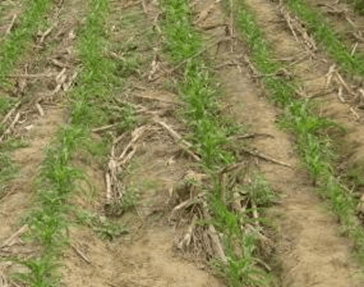
Under heavy weed infestation, where chemical/herbicidal weed management is uneconomical in no-till and also for rainfed areas where survival of crop depends on conserved soil moisture, flat planting can be done using seed-cum-fertilizer planters.
The evaporative losses of water during spring season from the soil under flat as well as raised bed planting are higher, hence crop suffers due to moisture stress. Under such situation/condition, it is always advisable to grow maize in furrows for proper growth, seed setting and higher productivity.
Under intensive cropping systems where it is not possible to vacate the field on time for planting of winter maize, the chances of delayed planting exist, and due to delay in planting, crop establishment is a problem due to low temperature. Under such conditions, transplanting is an alternative and well-established technique for winter maize. Therefore, for the situation where fields are vacated during December-January, it is advisable to grow nursery and transplant the seedlings in furrows and apply irrigation for optimum crop establishment. Use of this technique helps in maintenance of temporal isolation in corn seed production areas for production of pure and good quality seed as well as quality protein maize grain. For planting of one hectare, 700 m2 nursery area is required and the nursery should be raised during second fortnight of November. The age of seedlings for transplanting should be 30-40 days (depending on the growth) to be transplanted in the month of December-January in furrows to obtain higher productivity.
Irrigation is needed at grand growth period, tasselling and grain setting stages of the crop, which will vary according to duration of varieties as mentioned below:
| Stage of Crop | Short Duration Variety | Medium Duration Variety | Long Duration Variety |
|---|---|---|---|
| First Irrigation (Grand Growth Period) | 35-40 DAS | - | 45-50 DAS |
| Second Irrigation (Tasseling) | 55-60 DAS | - | 70-75 DAS |
| Third Irrigation (Grain Setting Stage) | 85-95 DAS | 100-115 DAS | 110-115 DAS |
Excess irrigation should be avoided as maize cannot withstand waterlogging.
A combination of organic and inorganic fertilizer gives better results than inorganic fertilizer alone. Compost or FYM @ 5t/ha should be applied
| Nutrient | Requirement (kg/ha) | Form | Fertilizer Requirement (kg/ha) | Fertilizer Requirement (kg/bigha) |
|---|---|---|---|---|
| N | 60*-80** | Urea | 130-175 | 18-24 |
| P2O5 | 40 | SSP | 250 | 33 |
| K2O | 40 | MOP | 65 | 8 |
* For short duration varieties, ** For long duration varieties
Whole P2O5 and K2O and half of N are to be applied in the furrows before sowing. The remaining quantity of N is to be top dressed 30 days after emergence of seedlings. Where irrigation facilities are available, N should be applied in 3 split doses, one fourth at sowing, half 30 days after seedling emergence (knee-high stage) and remaining one fourth at sowing, Placement of fertilizer is more effective than broadcasting.
One weeding at 20-25 days after sowing needs to be done or Atrazine @ 0.5 -1.0 kg ai/ha is applied as pre-emergence 2-3 days after sowing.

Young larvae consume the leaf tissues from one side, leaving the opposite epidermal layer intact. Only the second or third instar larvae make holes in leaves, and eat from the edge of the leaves inward. Larval feeding of the midrib may cause “dead heart” symptom in maize.

Fall armyworm (FAW) (Spodoptera frugiperda) is an insect-pest that feeds on more than 80 crop species, causing damage to economically important cultivated cereals such as maize, rice, sorghum, legumes, vegetable crops and cotton. Recently, severe incidence of FAW has also been observed in Mizoram, Nagaland, Tripura, Manipur, Assam and adjoining states on maize crop. FAW is found to feed all growth stages of maize but most frequently the whorl of 45-day old young plants. Larvae consume a large amount of foliage and destroy the growing point of the plant. First instar larvae feed on the green tissues from one side of the leaf but the older instars begin to make holes in the leaf. The fourth to sixth instars completely destroy small plants and strip larger ones.







Maize should be sown in paired rows having 50 cm distance between rows and 70 cm gap between two pairs. Two rows of blackgram should be sown in-between two pairs of maize along with residue retention as mulch.

Harvesting should be done as soon as the husk covers turn brown and the silks are completely dry. Harvesting immediately after a shower should be avoided. Ears (cobs) should be thoroughly dried in the sun before shelling or storing unshelled. Mechanized or hand maize sheller can be used to strip the grains easily from the cobs.

In view of the changing farming scenario in the country, maize has been emerging as one of the potential crops that addresses several issues like food and nutritional security, climate change, water scarcity, farming systems, biofuel, etc. Further, a recent study by National Centre for Agricultural Economics and Policy Research (NCAP) has showed that there is an increasing demand for maize in the industry sector which caters to consumer needs like textiles, paper, glue, alcohol, confectionery, food processing and pharmaceutical industry, etc., of which the demand keeps on increasing with population pressure.
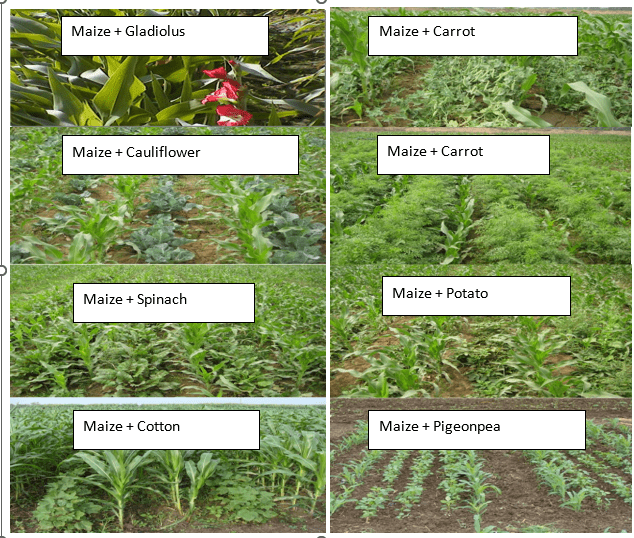
| Intercropping System | Suitable Area/Situation |
|---|---|
| Maize + Pigeon pea | All maize growing areas |
| Maize + Cowpea | All maize growing areas |
| Maize + Mungbean | All maize growing areas |
| Maize + Urdbean | All maize growing areas |
| Maize + Sugarcane | All maize growing areas |
| Rice + Maize | All maize growing areas |
| Maize + Soybean | All maize growing areas |
| Maize + High value vegetables | Peri-urban interface |
| Maize + Flowers | Peri-urban interface |
| Baby corn + Vegetables Sweet corn + Vegetables |
Peri-urban interface |

Other than grain, maize is also cultivated for various purposes like quality protein and special purposes known as ‘Specialty Corn’. The various specialty corn types are quality protein maize (QPM), baby corn, sweet corn, popcorn, waxy corn, high oil corn etc. In India, QPM, baby corn and sweet corn are being popularized and cultivated by a large number of farmers. The brief summary of different type of specialty maize is as follows –
As more than 85 % of the maize is used directly for food and feed, quality has a great role for food and nutritional security in the country. In this respect, the discovery of Opaque-2 (O2) and floury-2 (F2) mutant had opened tremendous possibilities for improvement of protein quality of maize which later led to the development of “Quality Protein Maize (QPM). QPM which is nutritionally superior over the normal maize is the new dynamics to signify its importance not only for food and nutritional security but also for quality feed for poultry, piggery and animal sectors as well. Quality Protein Maize has specific features of having balanced number of amino acids with high content of lysine and tryptophan and low content of leucine and isoleucine. The balanced proportion of all these essential amino acids in Quality Protein Maize enhances the biological value of protein. The biological value of protein in QPM is just double that of normal maize protein, which is very close to the milk protein, as the biological value of milk and QPM proteins are 90 and 80 %, respectively. Whereas it is less than 50 % in normal maize protein. There are 9 QPM hybrids of different grain colours developed and released in India for their cultivation in different agro-climatic conditions across the country. The production technology of QPM is same as of normal grain maize except isolation that needs to be maintained in QPM from the normal maize to maintain purity

Baby corn is a finger-like, young unfertilized cobs with 1–3-centimeter emerged silk, preferably harvested within 1-3 days of silk emergence, depending upon the growing season, It can be eaten raw as salad and in preparation of different recipes such as chutney, pakora, mix vegetables, pickles, candy, murabba, kheer, halwa, raita, Chinese preparations, etc. The desirable size of baby corn is 6 to 11 cm length and 1.0 to 1.5 cm diameter with regular row/ ovule arrangement. The most preferred colour by the consumers / exporters is generally creamy to very light yellow. Baby corn is nutritive, and its nutritional quality is at par or even superior to some of the seasonal vegetables. Besides proteins, vitamins, and iron, it is one of the richest sources of phosphorus.
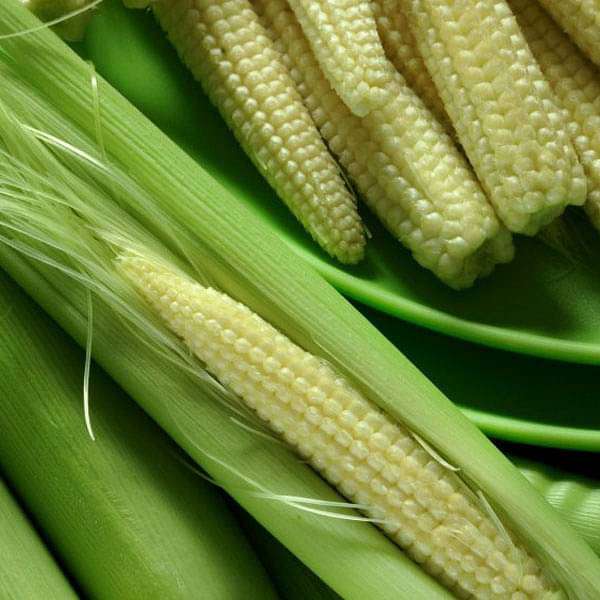
It is a good source of fibrous protein and easy to digest. It is almost free from residual effects of pesticides. It can be cultivated round the year; therefore, three to four crops of baby corn can be taken in a year. Cost of cultivation of baby corn in India is lowest in the world; therefore, India can become a leading baby corn producing country. It has great potential both for internal consumption and export. In general, the cultivation practices of baby corn are similar to grain crop except (i) higher plant population (ii) higher dose of nitrogen application because of higher plant population (iii) preference for early maturing single cross hybrid and (iv) harvesting within 1-3 days of silk emergence.
Zones: All Zones
Variety: G-5414, G-5411, HM-4, and Golden Baby
Land Preparation: Field should be ploughed thoroughly to obtain a deep, fine, and firm tilth.
Seed Rate: 20 - 25 kg/ha (2.66 - 3.33 kg/bigha)
Seed Treatment: Carboxin @ 2g/kg of seed
Sowing Time: Middle of October to middle of November (as Rabi)
Spacing: 45 cm x 20 cm
Fertilizer and Manure: FYM @ 5t/ha
| Nutrients | Requirement (kg/ha) | Source | Fertilizer Requirement (kg/ha) | Fertilizer Requirement (kg/bigha) |
|---|---|---|---|---|
| N | 120 | Urea | 260 | 35 |
| P2O5 | 60 | SSP | 375 | 50 |
| K2O | 60 | MOP | 100 | 13.3 |
| ZnSO4 Heptahydrate | 22.5 | 22.5 | 3 |
Weeding and Interculture: Light hoeing and earthing up should be done as and when necessary.
Detasseling: It is an essential operation; it is done by removing the tassel of the plant as soon as it emerges from the flag leaf and before it starts shedding pollen grains.
Harvesting: Harvesting of baby corn will be ready when corn silk comes out 2-4 cm from the top of ears, usually in 3-5 days after their emergence. Maximum 4-5 times harvesting of cob is possible from a single plant depending upon plant health.
Storing: To be stored at 0-5°C to maintain the high quality of the product. It is better to transport with frozen containers when exported.
Cob Yield: 7-9 t/ha (with husk); 2-3 t/ha (without husk)
Green Fodder Yield: 30-33 t/ha
Sweet corn is one of the most popular vegetables in the USA, Europe and other developed countries of the world. It is a very delicious and rich source of energy, vitamin C and A. It is eaten as raw, boiled or steamed green cobs/ grain. It is also used in preparation of soup, salad and other recipes. It is becoming very popular in urban areas of country; therefore, its cultivation is remunerative for peri-urban farmers. Besides green cobs, the green fodder is also available to the farmers for their cattle. Generally, sweet corn is early in maturity.
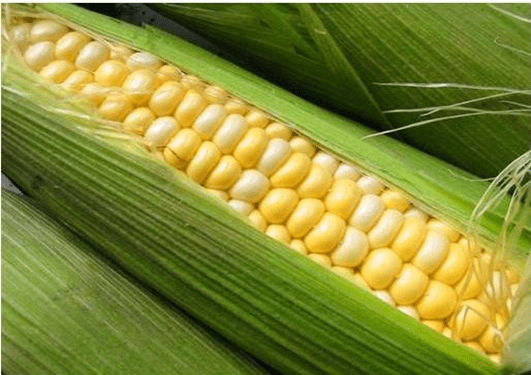
It is harvested in 70-75 days during kharif season. Green cobs are harvested after 18-20 days of pollination during kharif, but the duration may vary season to season. At the harvest time, the moisture is generally 70 % in the grain and sugar content varies from 11 to more than 20 %. Color: Sweet corn is generally dull yellow and white but dull yellow color is preferred. Precaution: Its picking should be done in the morning or evening time. Green cobs should be immediately transported to the cold storage in refrigerated trucks to avoid the conversion of sugar to starch. It loses flavor if kept in high temperature after picking. Sweet corn with high sugar content should not be planted when temperature is below 16°C.
Popcorn is one of the common snack items in many parts of the world, particularly in cities and is liked because of its light, porous and crunchy texture. The popcorn flour can also be used for preparing many traditional dishes. It is consumed fresh, as it must be protected against moisture absorption from the air. It is hard endosperm flint maize. Kernels of popcorn are very small and oval/round. When heated at about 1700C, the grains swell and burst, turning inside out. Quality of popcorn depends on popping volume and minimum number of non-popcorn.
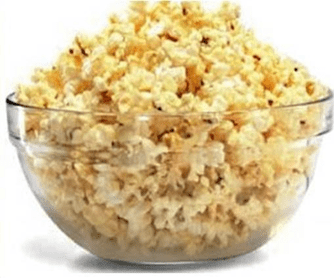
It is originated in China but largely used in USA. Grain gives wax-like appearance with 100 % amylopectin starch. While in normal maize, the starch is nearly 30 percent amylose and the remaining 70 % is amylopectin. Waxy corn is mainly used for food and industrial purposes.
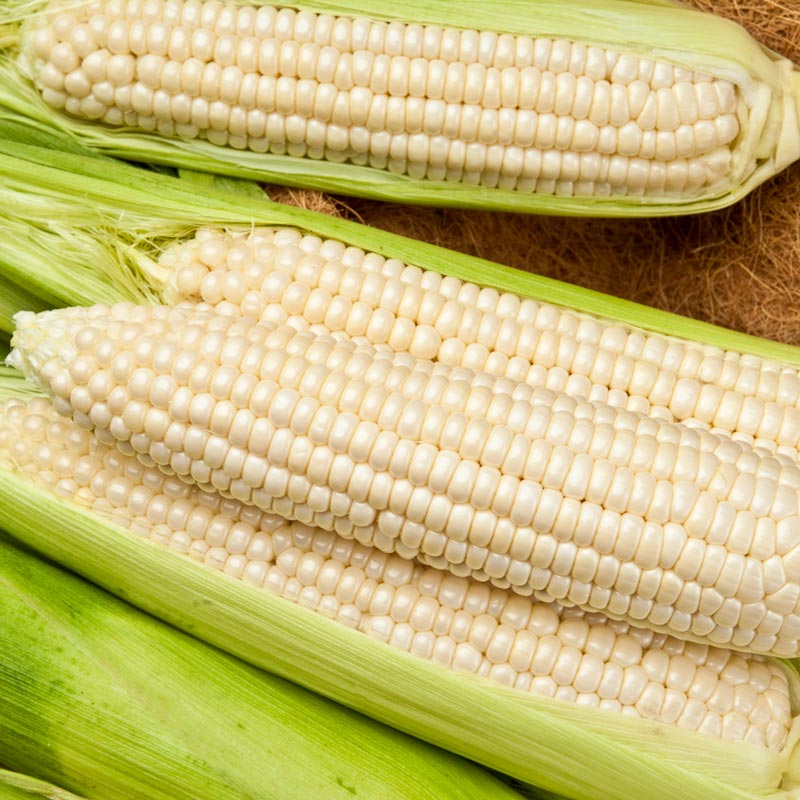
Most of the normal maize lines have 3- 4 % oil content. In general, lines with more than 6 % oil are considered high oil lines. 95 % of the total oil is in the germ. When the oil percent increases, the starch content decreases. The wet milling industries are still in advantage with high oil content corn. In USA, the high oil corn is cultivated on contractual basis and remunerative price is paid to the farmers. In India, its cultivation is not economical because it is not sold on premium basis. Generally, in normal maize crop, 15-20 % population of high oil hybrids is used as pollen parent and there is detasseling of the normal corn plant. Due to xenia effect, there is an increase of oil in normal maize and its cultivation is done in isolation. The corn oil has low content of saturated fatty acid and is considered to be one of the best quality cooking oils. In India, more than 60,000 tonnes of corn oil is made available for various uses.
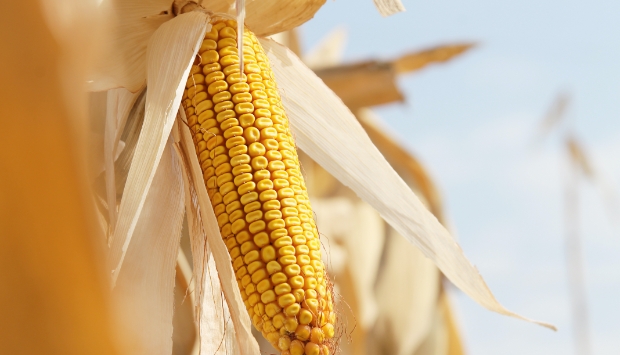
Maize fodder can be used at any crop growth stage. Its quality is adversely affected after anthesis. To maintain the fodder quality, the detasseling is advised to the farmers for better digestibility and palatability. By grazing this fodder to the milch cattle, their milk yield is increased. The tall, leafy and longer duration cultivars are most preferred for maize fodder cultivation. The cultivation of maize for fodder can be done round the year. Very high seed rate is used for fodder purpose. Generally, the farmers grow composite varieties or advance generation of hybrid seed which is economical to the farmers.
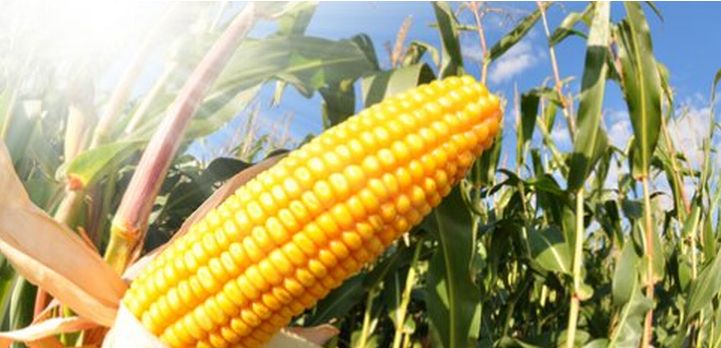

Value addition in maize has a great potential and there are several value-added products of maize particularly QPM and baby corn that not only increase the farm income but also provide employment to rural youth and farm women. Value-added products developed using normal maize, QPM are:

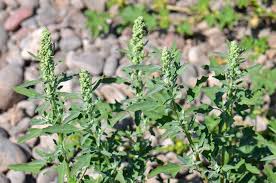
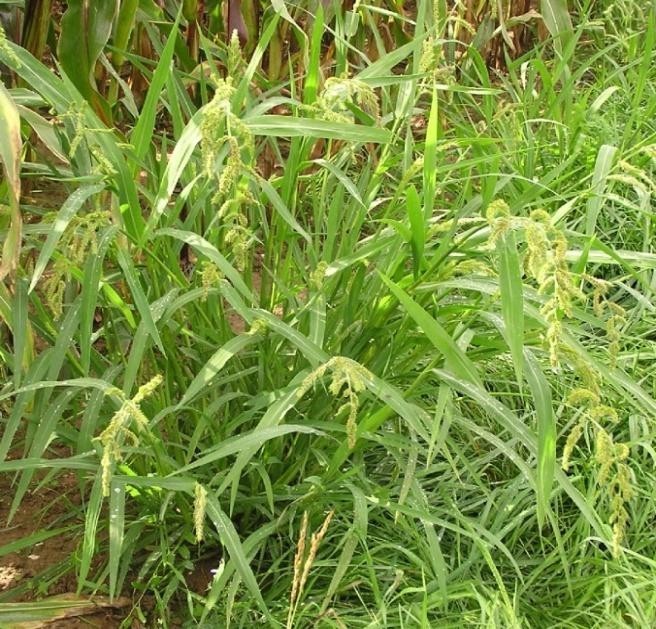
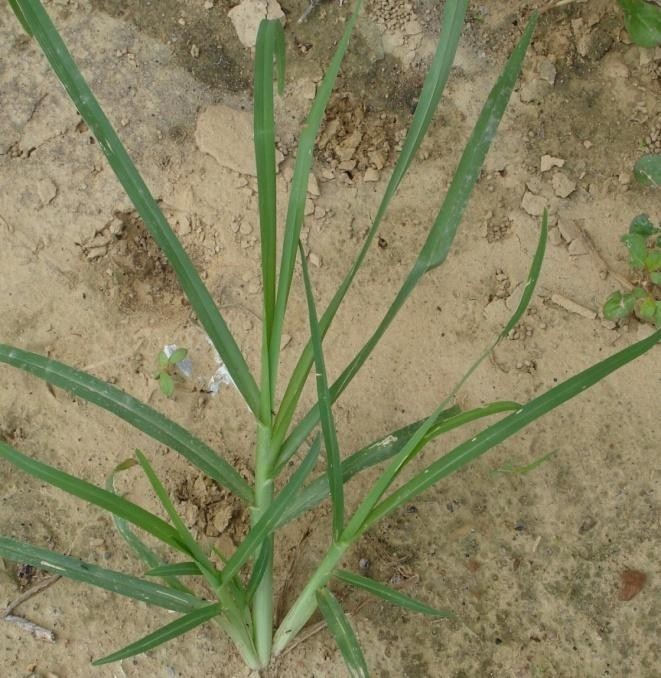
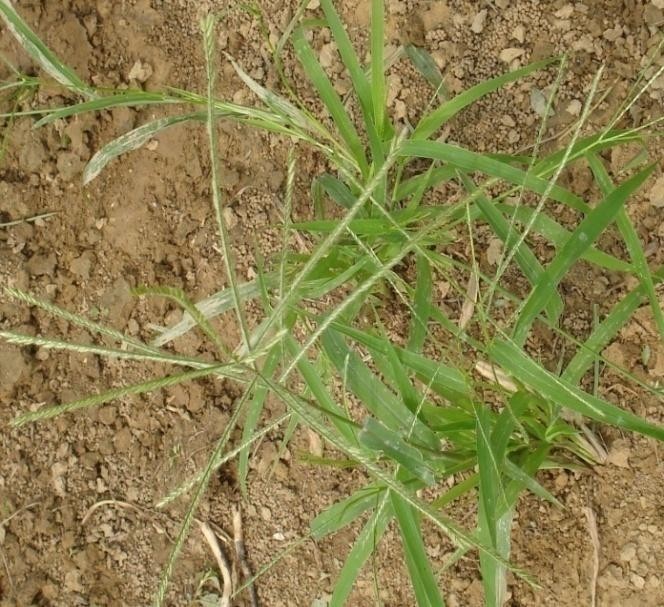
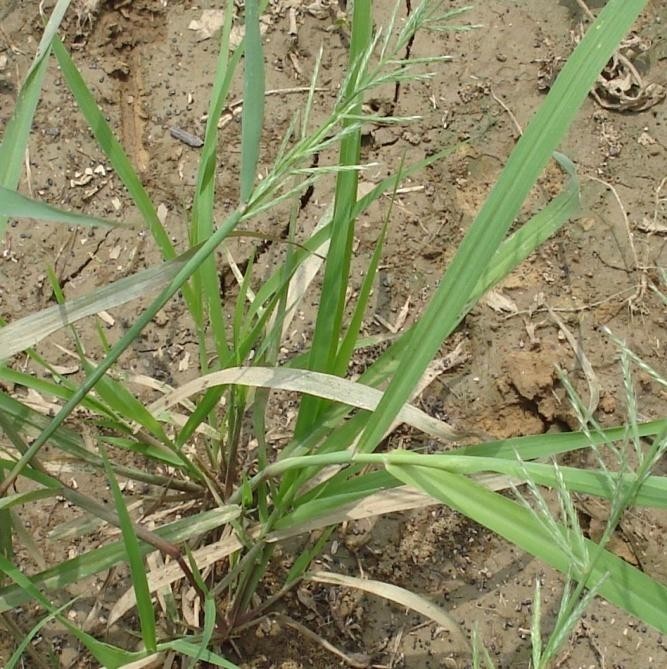
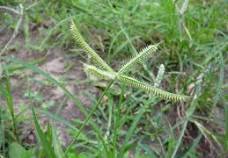
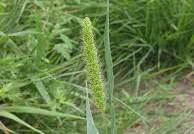
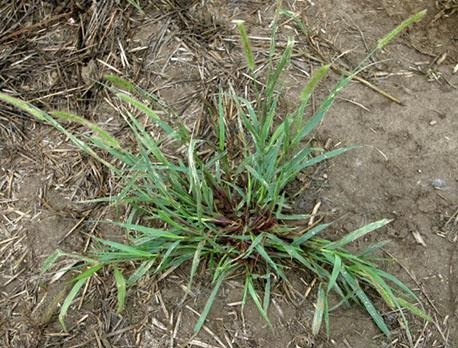
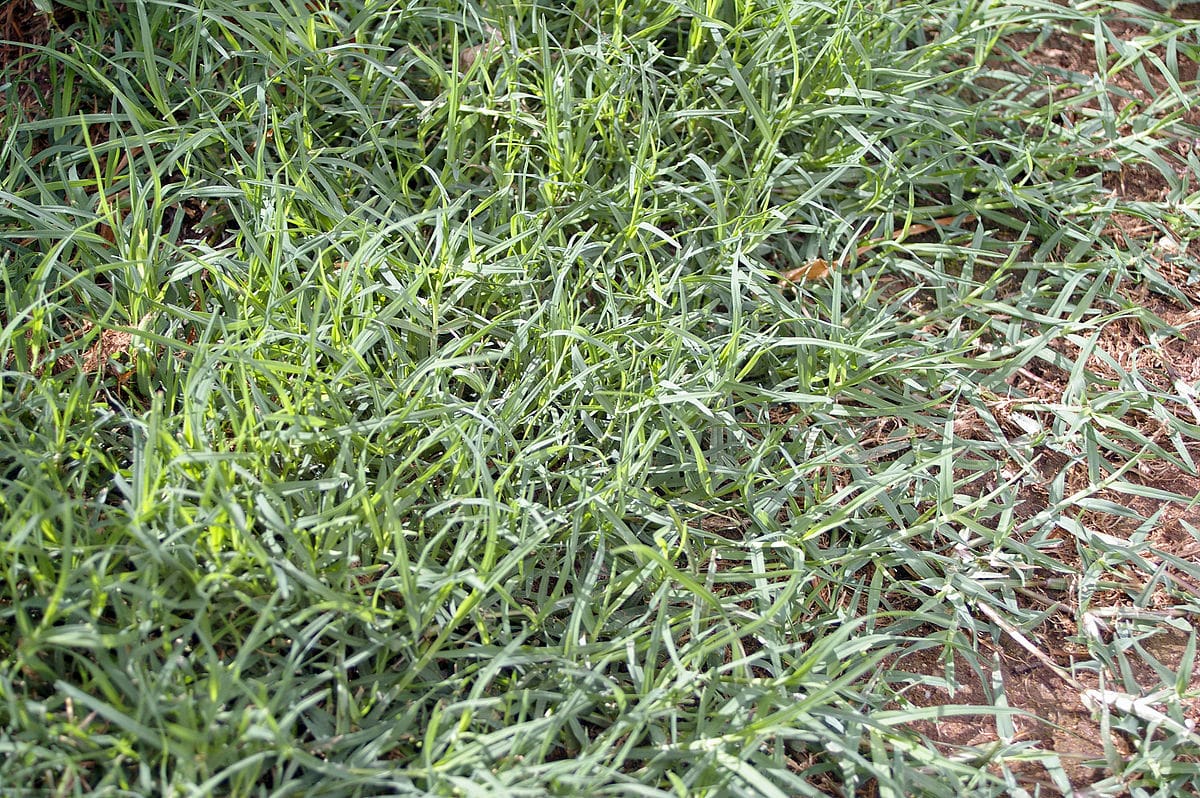
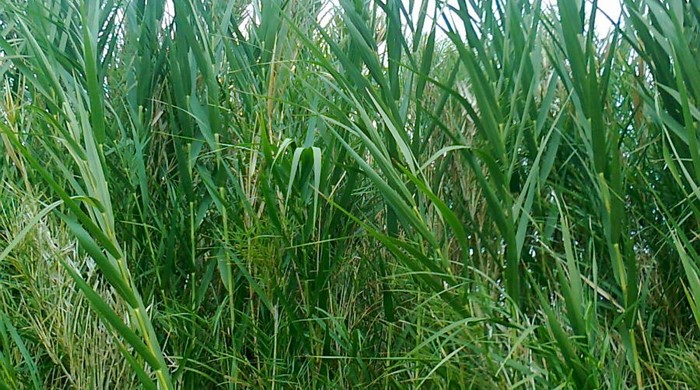

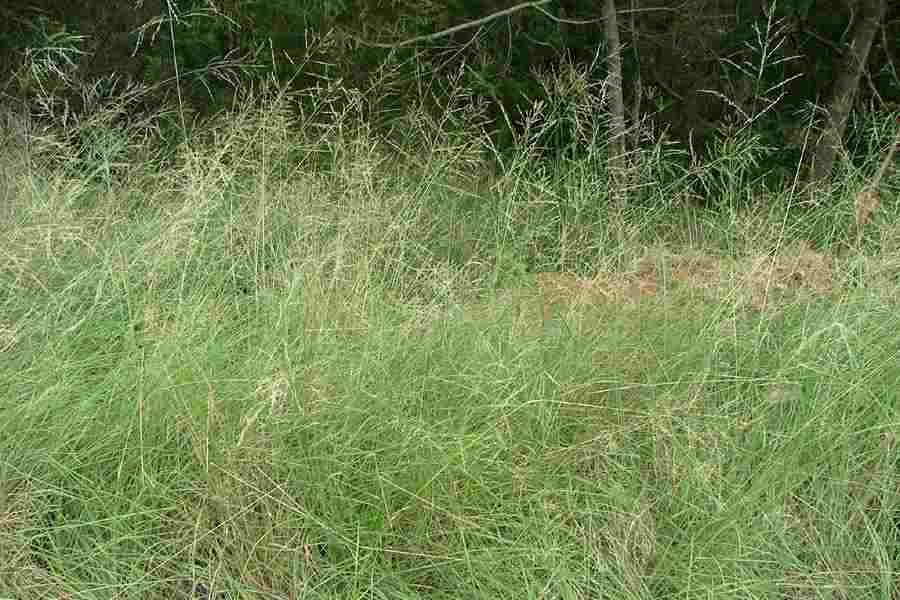
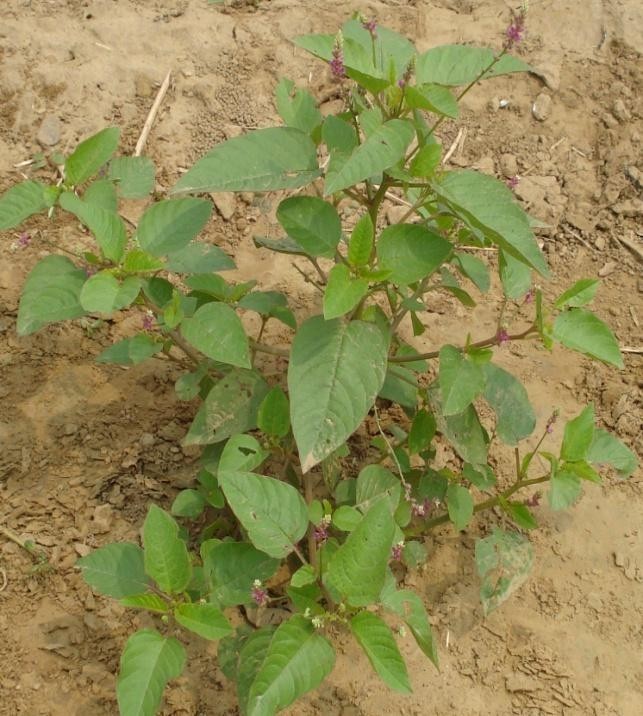
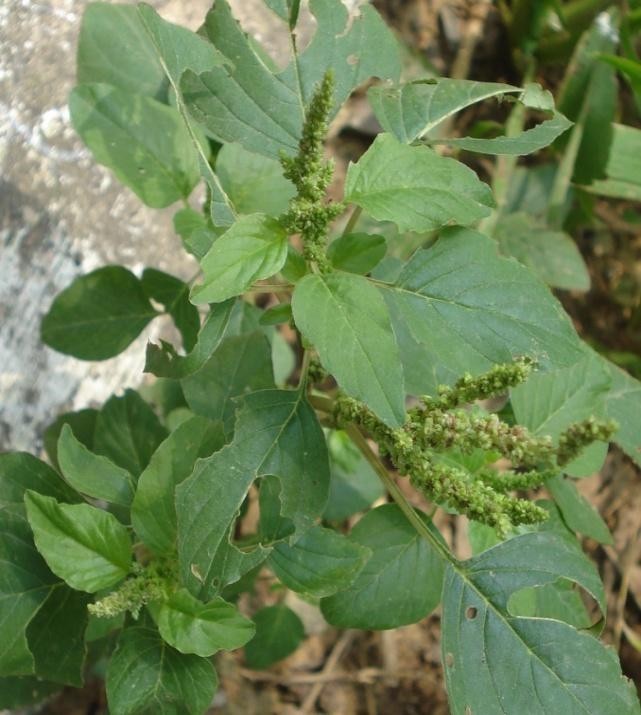
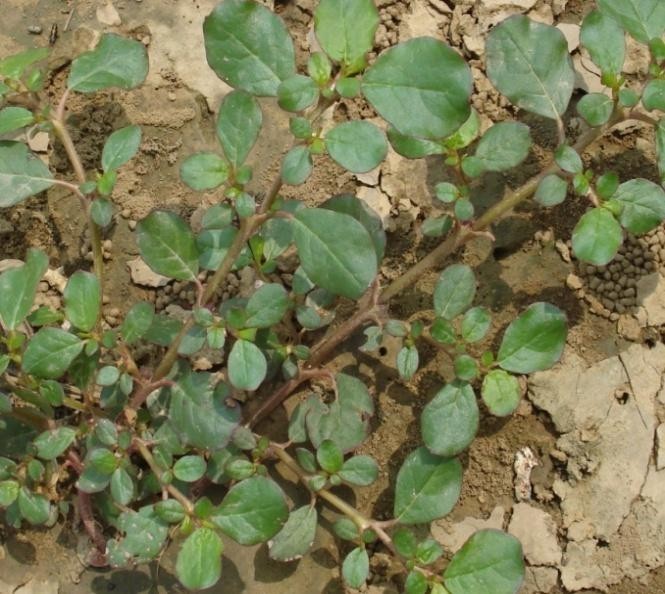
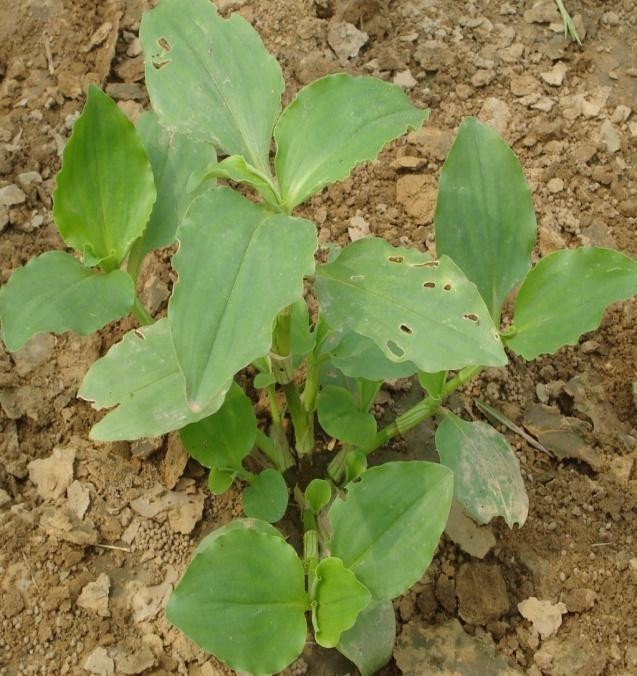
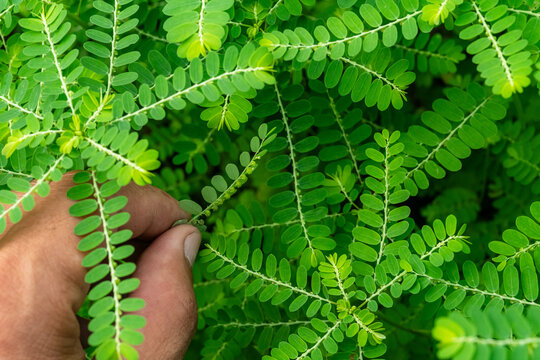
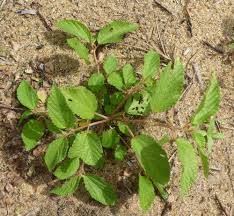
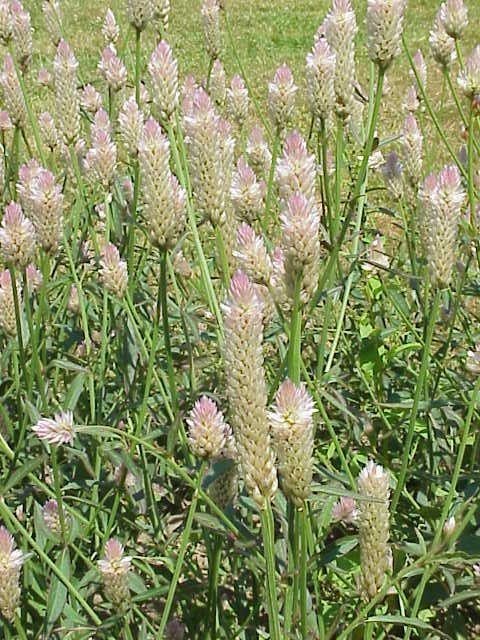
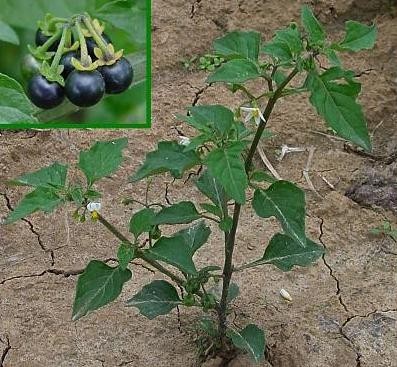
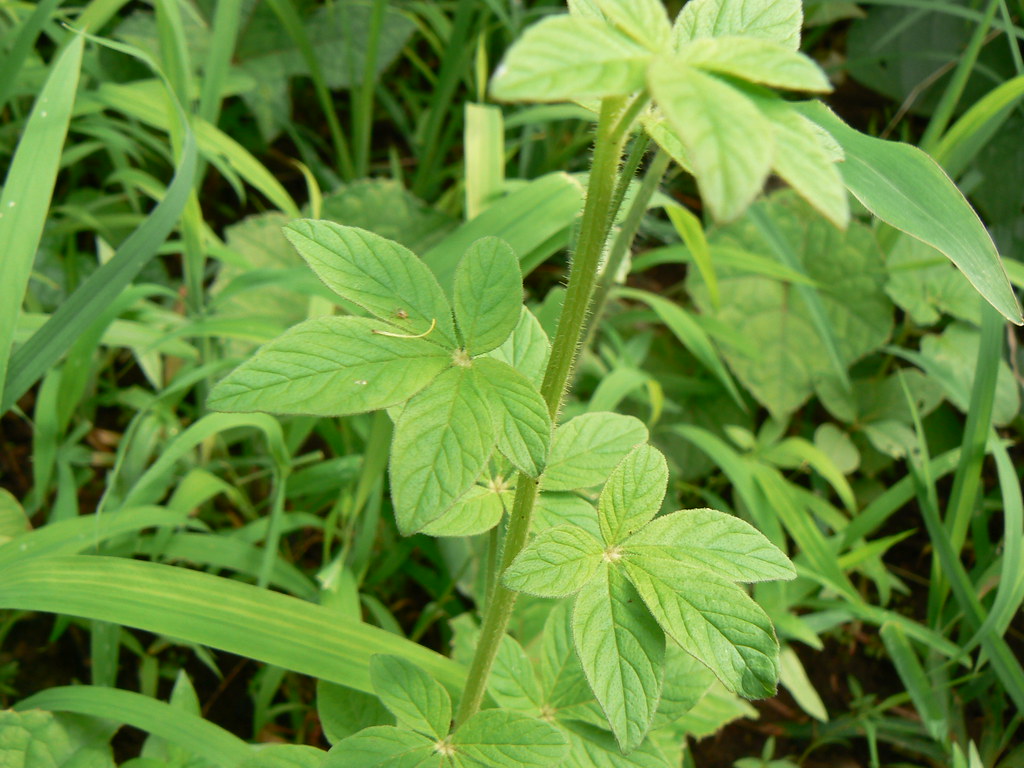
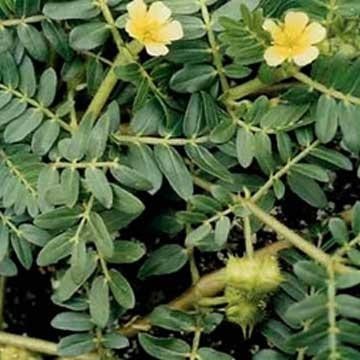
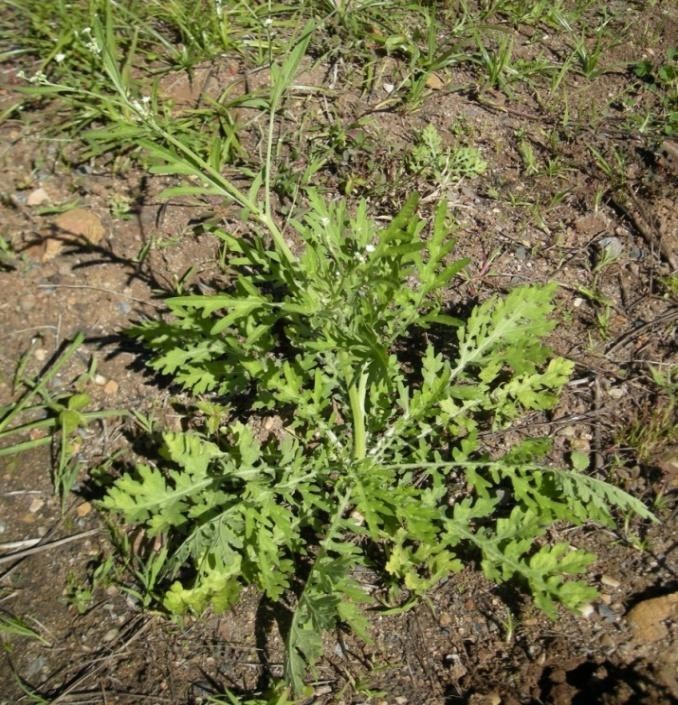
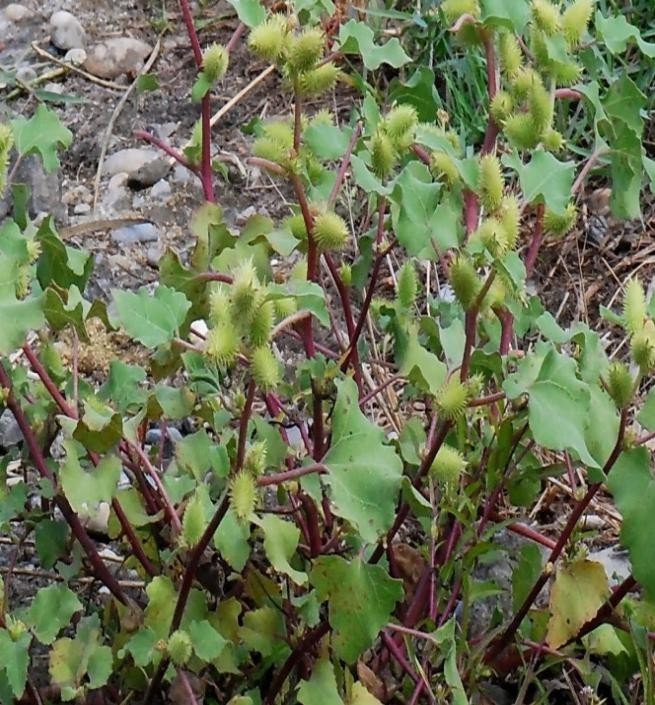
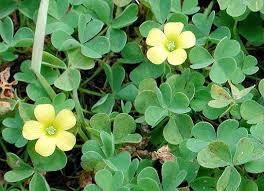
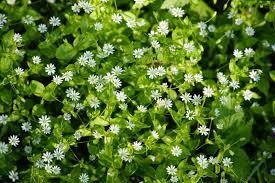
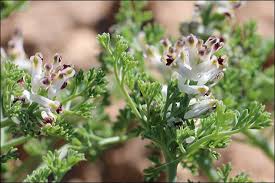

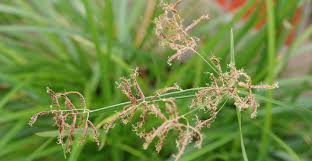
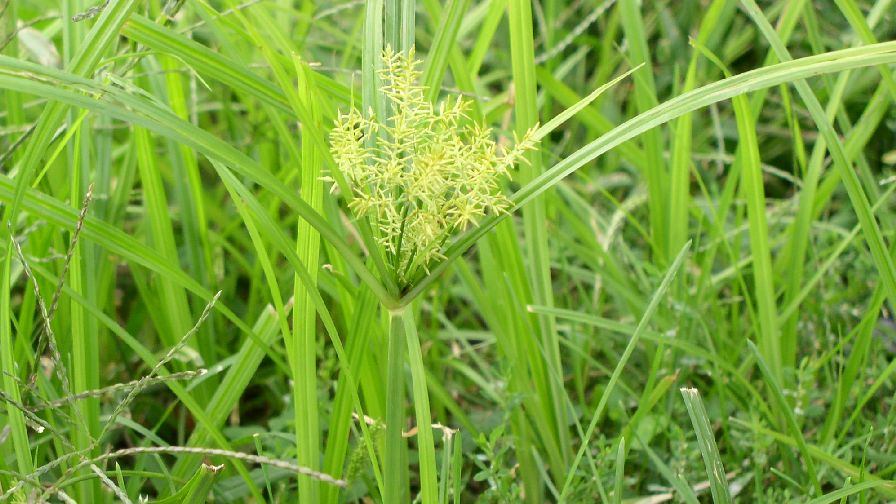
Jorhat, PIN - 785013 Assam